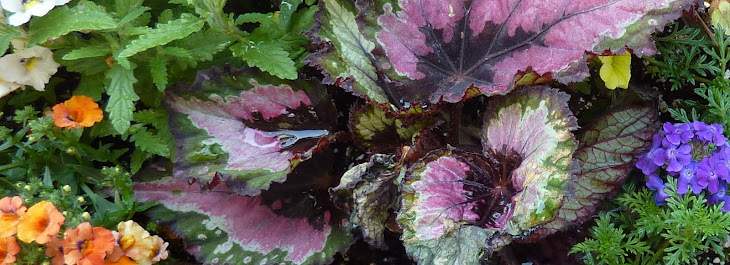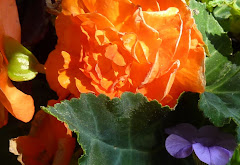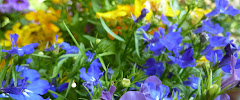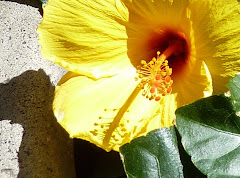

Well, yeah, "bee butts".



If I see those, then I know my garden is attracting lots of bumble bees. I have two varieties attending to my garden. One is plump and fuzzy, mostly black with a bit of bright yellow. I started with one and now he visits with one or two other bees. The other variety is a more slender bee with even black and subdued yellow stripes. A "yellow jacket"?
Apparently they prefer different flower nectar.
I am greatly amused to see the Full Immersion approach of the bumble bees when it comes to the torena (see last photo).







Rart Blog!
ReplyDeleteTak for at dele